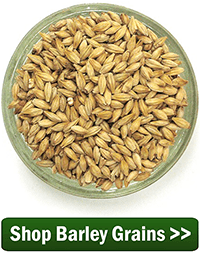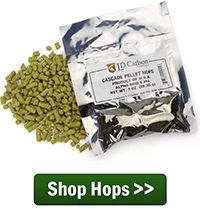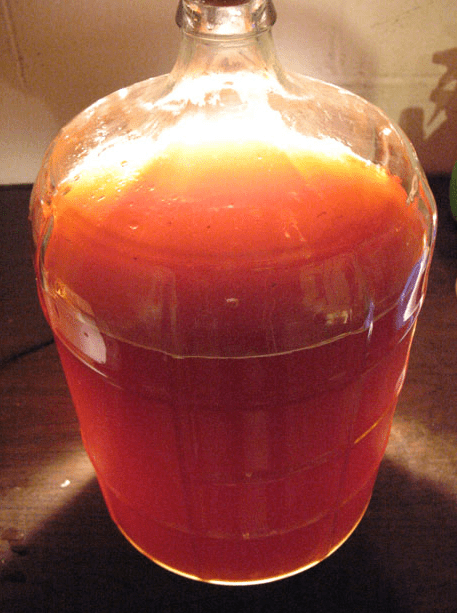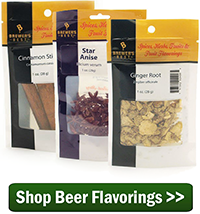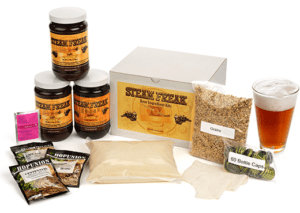It is likely you have come across hundreds, maybe thousands of different beers in your lifetime, all with a special taste and unique history. The differentiation between the third most popular drink in the world starts with the beer brewing process. The two main types of beer are lager and ales, which are characterized by the type of yeast used in the fermentation process. There are endless types of ales and lagers, as well as specialty beers that all can be brewed from the comfort of your own home with a home beer brewing kit. It is important to understand the difference between these types of beer, especially in homebrewing.
Ales: Typically served at “cellar temperature” (not too cool, around 50-55 degrees Fahrenheit), ales are more complex and full-bodied in flavor than lagers. When brewing ale, the yeast tends to gather at the surface of the fermentation tank for the first couple of days prior to settling at the bottom. Ale brewing must be done in warmer temperatures, between 60 and 72 degrees, which allow the yeast to multiply. Ales are usually more complex, robust, and flavorful, with higher alcohol content than lagers. After fermentation, ales are aged for a few weeks at 40 to 50 degrees. The types of ales are many, and because of the fact that they are quicker and easier to brew than lagers, they’re great choices for home beer brewing!
Barley Wine: Despite its name, barley wine is a type of ale beer that has been around since 1903. In brewing barley wine, there is not a difference in the grain, but the quantity of grain packed into the brew. There is around double the grain in barley than in pale ale, and more than double the grain than in a pilsner. A barley wine is boiled longer than other beers, which causes the sugar to caramelize which intensifies the color and the taste.
Pale Ale: The British are responsible for this improvement in brewing expertise, discovering that using coal instead of wood in a kiln would cause beer to amber colored and clearer than pervious British ales. Many pale ale brewers find the type of water to be the most important element in making this type of beer. They often try and chemically treat the water to make it identical to the naturally occurring water from the original brewery in England. Pale malt is naturally used to make this understated and woody brew, and some mixtures have small amounts of crystal in them.
Indian Pale Ale: In the 1700’s, several British service men and citizens resided in India as part of the colonial rule and did not have access to British ale, which led to the creation of IPA. To protect this brew from high temperatures and motion of the British ships, generous amounts of hops were added which are responsible for its high alcohol content. When the British occupation of India was over, the popularity of IPA grew due to a shipwreck off the coast of England. The barrels were recovered from the ocean and sold in England, which soon were high in demand because of the atypical amount of hops in the ale. The beer also has a bit of crystal malt to sweeten it up, with a golden amber body.
Porter: Porters were very popular before the creation of pale ale, and declined in consumption because of the Prohibition in the U.S. and the beer tax in Britain. Porters are very dark in appearance, with touches of roasted grains, chocolate, coffee, toffee, and licorice. This brew uses traditional English hops and is thin and mild to the taste.
Stout: This creamy brew is black in appearance, with a thick and creamy flavor. Stout is typically brewed at higher gravities than most beers because of its high density. Stout is made with black unmalted barley and specialty grains, adding non-fermentable sugars, which is responsible for the thickness. It can be brewed with coffee, oatmeal, or milk sugar to add aroma and uniqueness.
Lagers: Lagers are smooth and crisp in taste and when serving, the colder the beer the better. In brewing a lager, the yeast sinks to the bottom of the fermentation tank instantaneously, which is why it is known at bottom fermenting. Lagers are brewed successfully at cooler temperatures, typically between 46 and 55 degrees. Light and dry are adjectives that classically describe lagers, which are the most frequent type of beer sold in the United States. Lagers have higher alcohol content than ales and are aged for longer and at cooler temperatures, on average between 32 and 55 degrees Fahrenheit. There are various different types of Lagers, which are the most popular type of brew sold in the United States today.
Bock: In brewing a bock, ingredients aren’t the only important element. Decoction, a German style of heating mash, taking out parts of it, boiling those parts and then returning it to the mash is practiced when making this rick, malty beer. Munich malt contributes to a bocks deep color, and yeasts with low congealing tendencies are used so they can survive in the high gravity liquids that come from mashing the grains.
Oktoberfest: In 1872, Spaten brewer Josef Sedlmayr made a beer comparable to the Vienna lager that was a hit during the first Oktoberfest in Munich, which is now known as Oktoberfest brew or Maerzen brew. Oktoberfest is undoubtedly German and is made with Pilsner as the base malt, and Vienna or Munich malt. The hopping in this brew is classically light and uses yeast that doesn’t result in a dry beer. Oktoberfest should be malty but not nutty, with a light brown flavorful body.
Pilsner: Commanding more than half of the beer market internationally, Pilsner is undoubtedly the most admired style of beer and is brewed all over the world. Pilsner’s are made with lightly kilned malted barley and Noble Saaz hops that create a fresh and simple beer. This brew has a light grain flavor that allows for a refreshingly clean and cool beer.
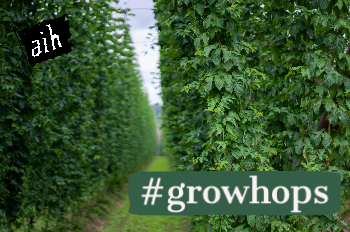
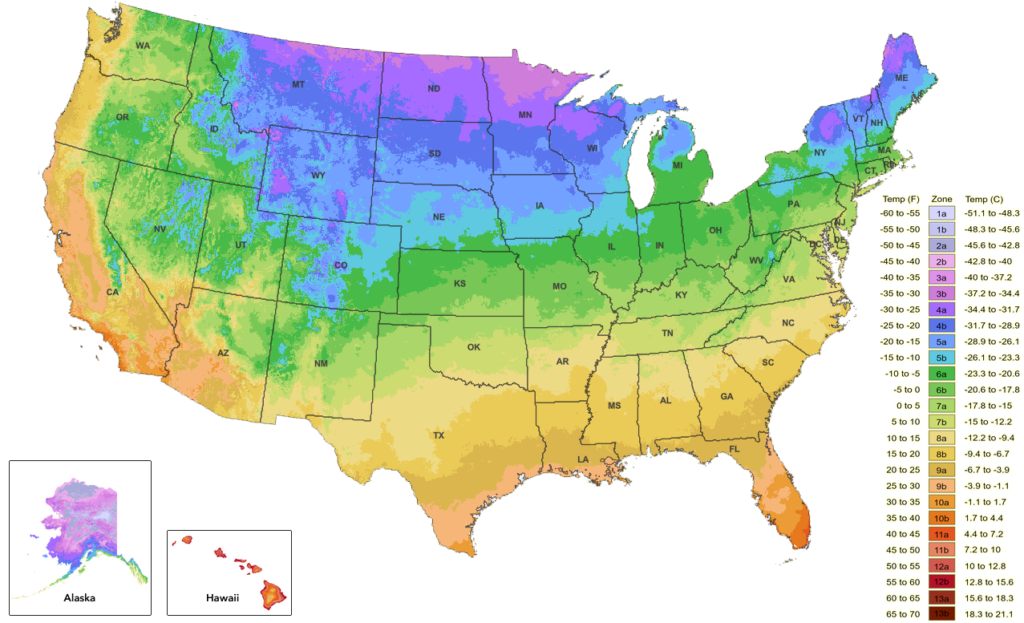

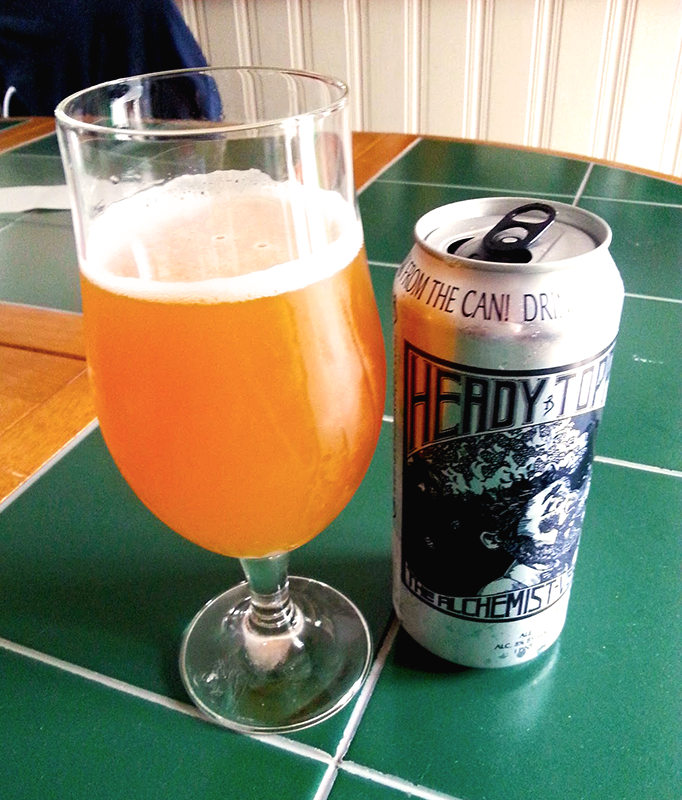 The Alchemist’s Heady Topper is one of the most coveted beers in America. Beer fans drive from all over the country for the chance to get “Heady” straight from the brewery in Waterbury, VT, and it’s not uncommon for people to line up for hours outside their favorite beer retailer in anticipation of a delivery of this ridiculously hoppy American Double IPA.
The Alchemist’s Heady Topper is one of the most coveted beers in America. Beer fans drive from all over the country for the chance to get “Heady” straight from the brewery in Waterbury, VT, and it’s not uncommon for people to line up for hours outside their favorite beer retailer in anticipation of a delivery of this ridiculously hoppy American Double IPA.